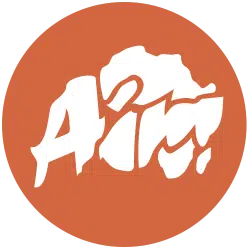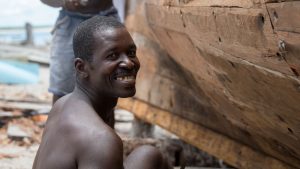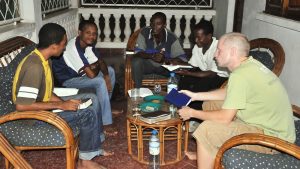One of the most important factors in reaching the unreached is communication with local people, so learning to speak in their mother tongue is vital. Graeme and Eli Mallett describe some of the quirks of language learning.
One of our main objectives for our first year here in Mahajanga is to learn Malagasy – the fascinating language of Madagascar. We really want to be able to communicate with people and share our lives in their mother tongue as it makes a huge difference to how well we can really get to know people. Despite the fact that Madagascar is close to Africa, Malagasy is most similar to some of the languages spoken on the other side of the Indian Ocean in Indonesia. It is believed that many of the original settlers of Madagascar came from that part of the world.
There are 18 dialects of Malagasy that are officially recognised by the government in Madagascar. Each dialect is connected to a tribal group. Some dialects are different enough that they could technically be recognised as different languages, but the idea that all Malagasy people speak the same language is a powerful unifying concept, and so officially there are just 18 dialects of Malagasy.
All education and books are conducted and written in official Malagasy, which is very close to the dialect of the capital Antananarivo. Last month we concentrated on learning official Malagasy but this month we have gone back to learning the Mahajanga dialect which is fortunately very similar to official Malagasy.
Here are five things you probably didn’t know about Malagasy:

– The Malagasy alphabet has just 21 letters – it is the same as the English alphabet minus the letters C, Q, U, W, X. Arab traders originally developed an Arabic script for Malagasy but it was never widely used. In the early 19th century a Welsh missionary called David Jones, who was sent by the London Missionary Society, developed the written form of Malagasy, which with some modifications (originally it had more letters) is still used today.
– Malagasy words always end with a vowel when written although sometimes this is ‘swallowed’ when people are speaking.
– Generally, a sentence starts with a verb and ends with the subject. So a direct translation of Malagasy into English might sound a bit like Yoda from Star Wars.
– Malagasy uses the equivalent of the passive voice a lot more often than we do in English. For example, in English we wouldn’t normally say: ‘The seat is being sat on by me’ but, from what I understand, you can say the equivalent of that quite naturally in Malagasy.
– A bit like German, Malagasy can add words together to get a new word. This means that some very long, polysyllabic words exist which can be a bit daunting to someone foreign trying to learn the language.
Over 2,000 languages are spoken across Africa. With over 900 people groups still unreached in the continent, language learning is as important as ever for AIM’s mission partners and will continue to be important for years to come as we work to reach the unreached with the gospel. If you want to find out more about these people groups, visit www.prayafrica.org for information and ways you can pray, or contact us via the enquiry form and find out how you can go!




